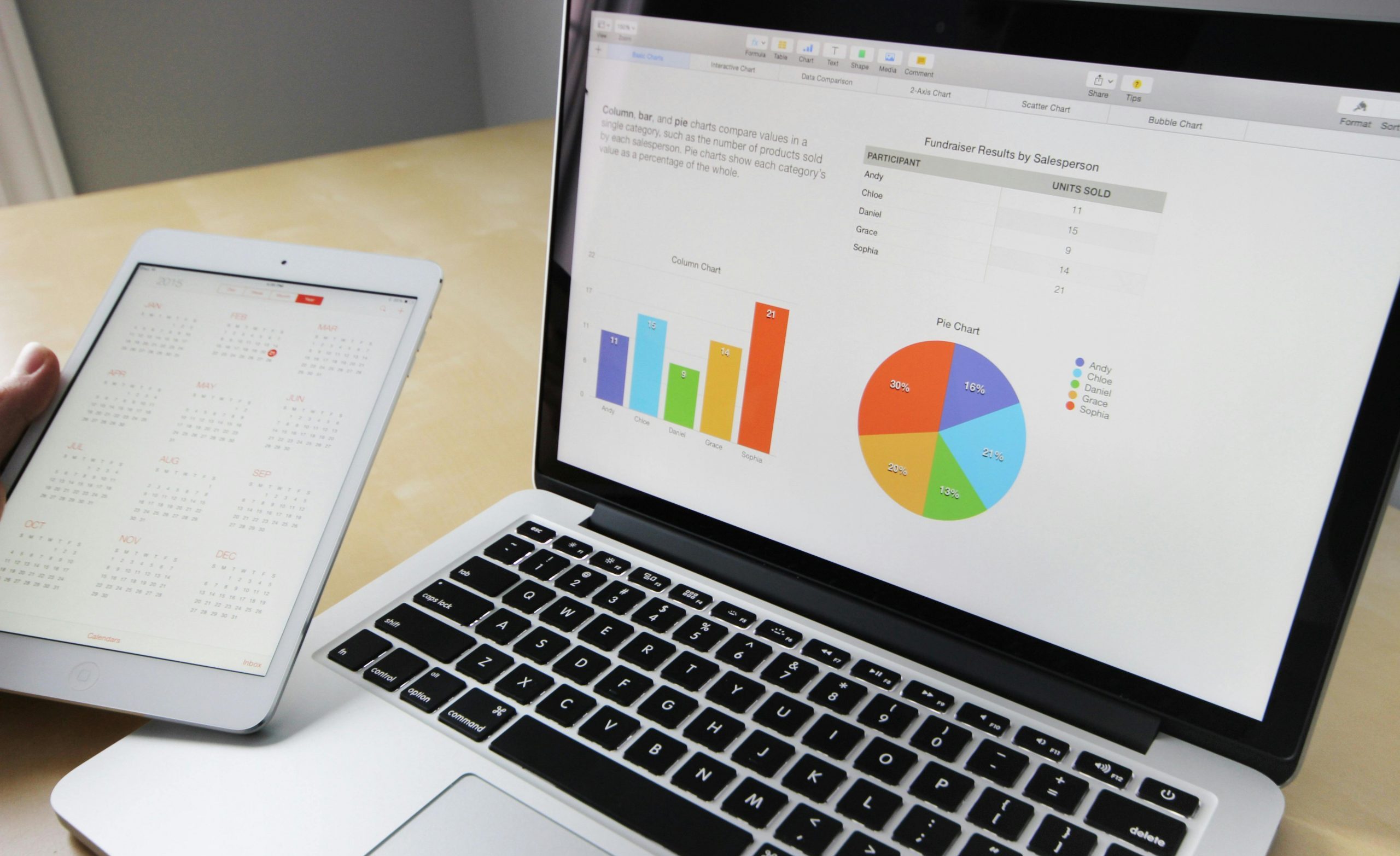Steamrolling Into a Covid-19 World: The Power of Digitalisation

Tech visionary Stewart Brand once famously said, “Once a new technology rolls over you, if you’re not part of the steamroller, you’re part of the road.” In today’s day and age of perpetual development where constant innovation is revered and the latest technological advancement is poked and peered at with sharp criticism, there is no denying that one needs to be in stride with the world’s latest technology and trends, or become rolled flat over to become part of the road. In the business world, especially in the large pool of SMEs, the trundling steamroller is known as digitalisation.
A Quick Definition
Digitalisation is defined as using digital methods (e.g. Software technology, digitising data) improve certain areas of business. Digital transformation – another critical aspect – is often interchangeably used as well, although the actual definition is an all-encompassing implementation of new technologies and processes and improve overall business operations and increase customer satisfaction. “Digitalisation” in this article will be used interchangeably with “digital transformation”.
The Steamroller
While not necessarily categorised as “new technology”, digitalisation (and in turn, digital transformation) is a global movement. It is neither a trend nor what someone would call “latest technology” – it is merely the way businesses are becoming, and an important growth factor of the economy.
The rise of companies on digital platforms are a response to the digitalisation of the world. Phones, laptops, and desktops are a near essential item for most people now. We go on the Internet daily, and anyone can do a quick search online for what they want. For businesses to survive, it is only natural to carve out a place for themselves on the World Wide Web too. Being a physical presence as a brick-and-mortar store is simply not enough.
The Roller and the Rolled

It is no surprise that businesses started to digitalise at an increased rate due to the worldwide pandemic, with physical stores shutting down and nearly everything moving to a digital platform. In Singapore, a 2020-21 study was done on companies who had moved to digitalisation.
The results? Those who adopted digitalisation methods experienced stronger revenue growth in 2020 compared to their non-digitalised counterparts. The positive impact was not only felt in the moment either. 7 out of 10 who implemented digitalisation felt more prepared and confident for a post-COVID business recovery, and expected revenue to grow this year, despite the pandemic being quite firmly here to stay.
In short, businesses which digitalised experienced better revenue and increased confidence in the future, whereas those who did not experienced declines in revenue, decreased productivity and lesser hope for navigating through the storm of a COVID-riddled economy. Digitalised companies are rolling steadily down the winding path, and non-digitalised companies are, well, getting rolled over.
Why Digitalise?

There was likely a time where you decided to find out more about a product or company and turned to the Internet for answers; perhaps a friend recommended a restaurant that they think you’d love. So you hit Google for more information, be it reviews, location, or the menu. What happened when you couldn’t find an official website, official social media pages, or any further details about it? It’s likely that you’d be frustrated, and at the least, completely lose interest.
Now imagine that restaurant is your company. You had that customer, who pretty much advertised your products by word of mouth to another potential customer. Curious and tech-savvy as nearly everyone is these days, your potential customer decides to do a little research to see if your product really is something worth investing in. But with no presence on the Internet, your potential customer has zero leads, and quickly loses interest. And that’s it. A potential buyer lost – one who could have become a loyal customer and spread the word to earn you yet more customers.
Going digital – social media, official websites, e-commerce, contactless payment options – builds the basis of improving customer experiences and establishing yourself in a well-known area (in this case, being the Internet). Just as stall vendors vie for crowded hotspots to maximise customer reach, so should brands act when it comes to establishing an Internet presence. With the sheer number of people online every day, having an online presence helps to further cement brand credibility and reach.
Data, Data, Data

Another undermined result from going digital? The amount of data you will have access to – from consumer behaviours to studying other competitors. Every brand’s job is to convince customers why they should be the chosen one. Before crafting such a marketing technique, you need to understand your target audience’s pain points, habits, and preferences. While you can also do this all via non-digitised means, utilising digital methods is far easier and saves time in the long run.
Once you have the data, using digital marketing is the next step in growing your business. High mobile usage, social media, access to quick Internet connection and the increase of mobile and e-commerce allows for plenty of platforms to market your brand. Tracking website visits, social media engagement, and even chatting with customers can help massively in shaping your marketing techniques or even brand message to consumers.
As Sherlock Holmes said, “Data, data, data! I cannot make bricks without clay.” Your business, too, cannot flourish and grow without the data needed to sell itself smartly. Using digital means to acquire the wealth of data will provide a treasure trove to help your business not only survive, but thrive.
But the cost of it all!

The study of digitalisation in Singapore found that smaller SMEs comprised of most businesses which had not made the switch over. As smaller companies with limited revenue already struggling to keep afloat during this trying time, they are understandably wary of the costs of such change. In fact, one of the top reasons was the fear of digitalisation being too expensive, while others struggled to justify the value of such an investment.
However, while not digitalising may have allowed companies to keep performing as normal in the past, this is hardly the case anymore. Even without increased global digitalisation, COVID-19 has drastically changed the way consumers behave and businesses function. There is no denying the rise of digitalisation and the positive impact it has on businesses.
Luckily for Singaporean businesses, the government is offering financial assistance for local companies seeking to scale and upgrade their business, which includes adopting technology and innovative processes to improve overall performance. The Enterprise Development Grant (EDG) covers up to 80% of costs, and while initially offered until 30 September 2021, has been extended till 31 March 2022.
Be the Steamroller, Not the Road
Local branding agency Etereo has launched a new initiative to help Singaporean businesses brand and market themselves digitally, which means local businesses can get financial help to develop a digital brand presence and carry themselves confidently into 2022. If you are interested to find out more, contact us today for a complimentary, no-obligations, digital brand audit today.